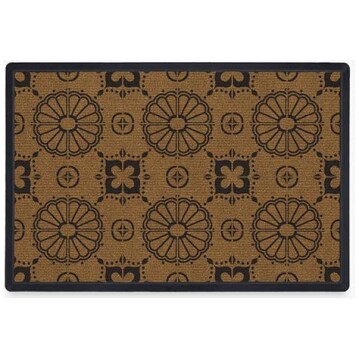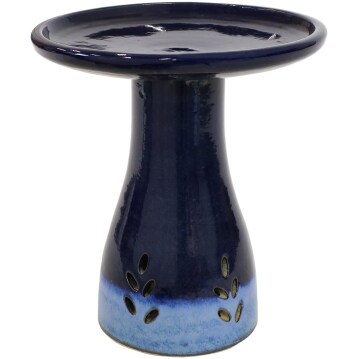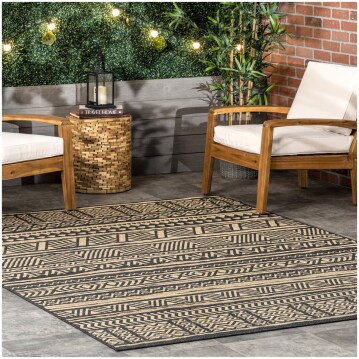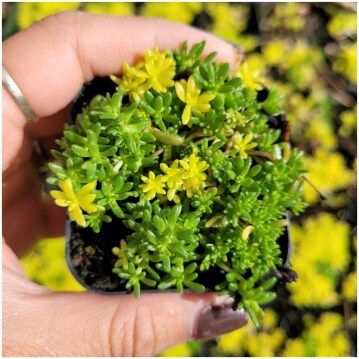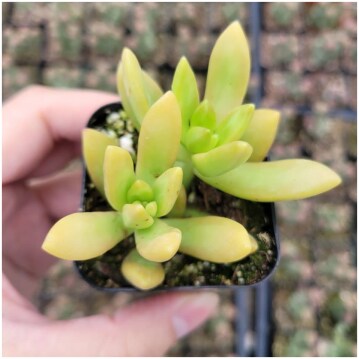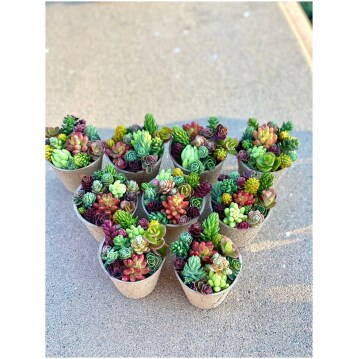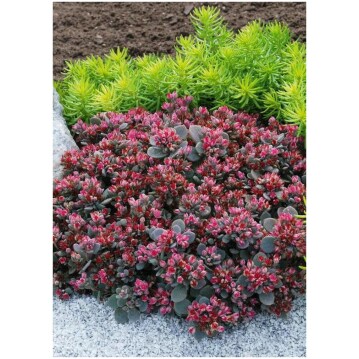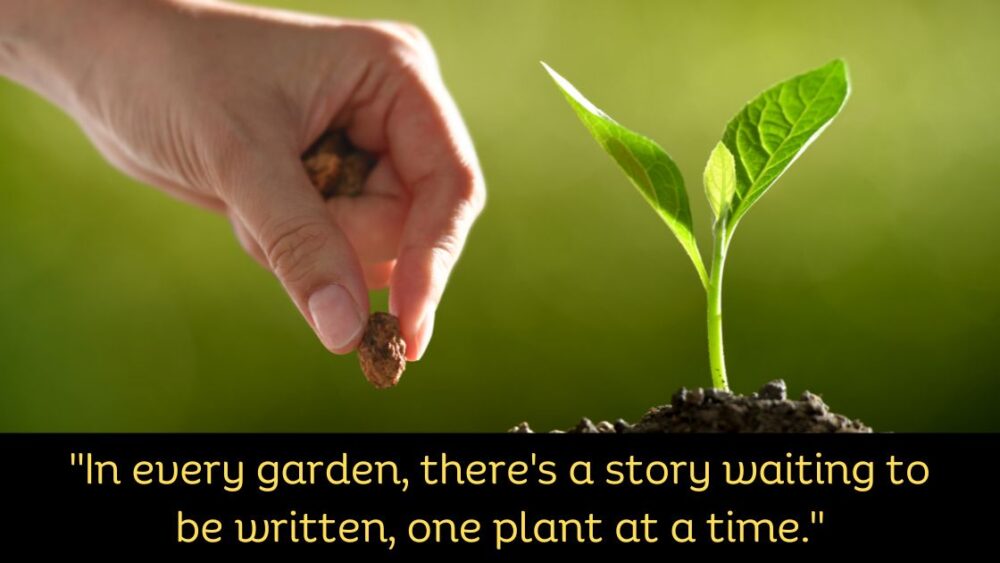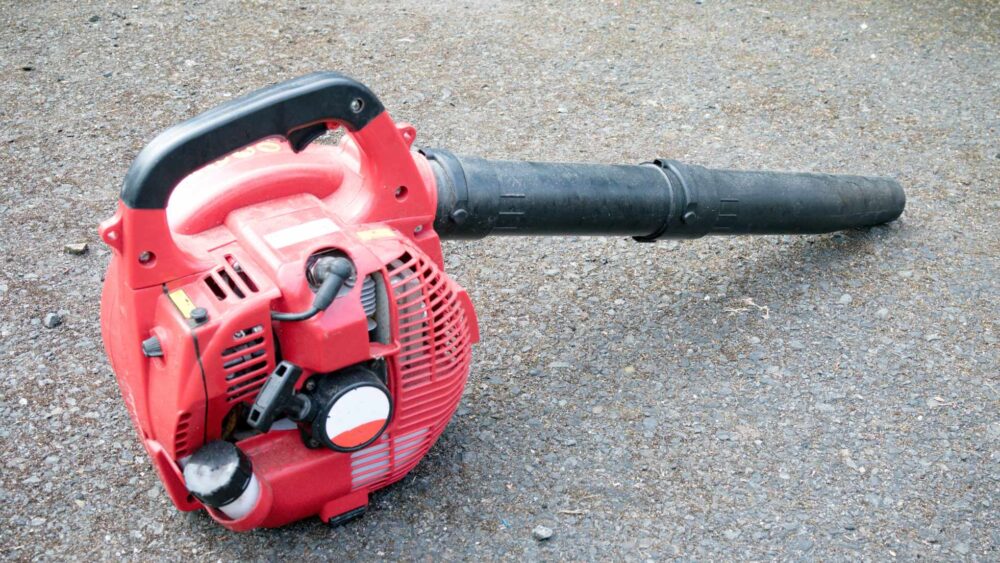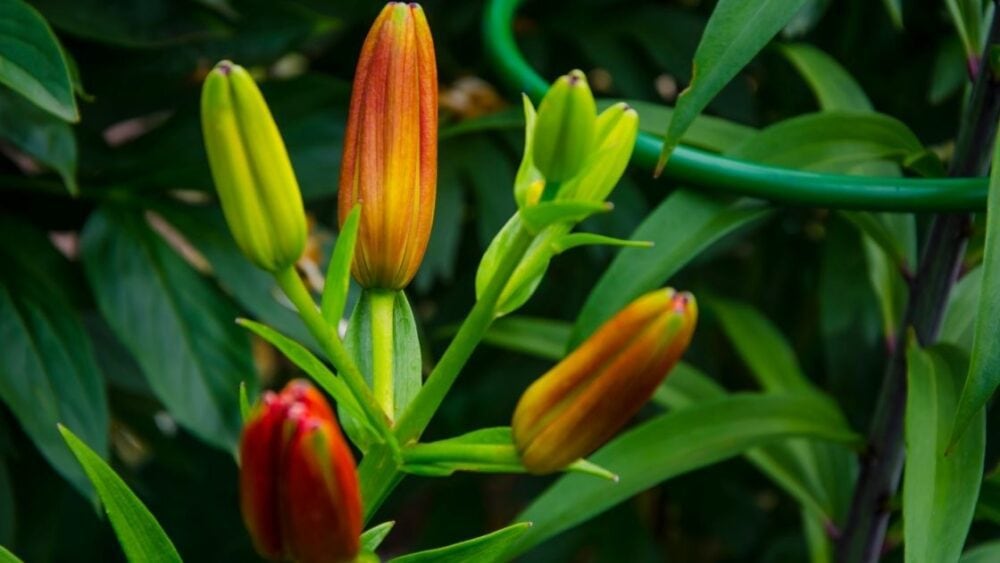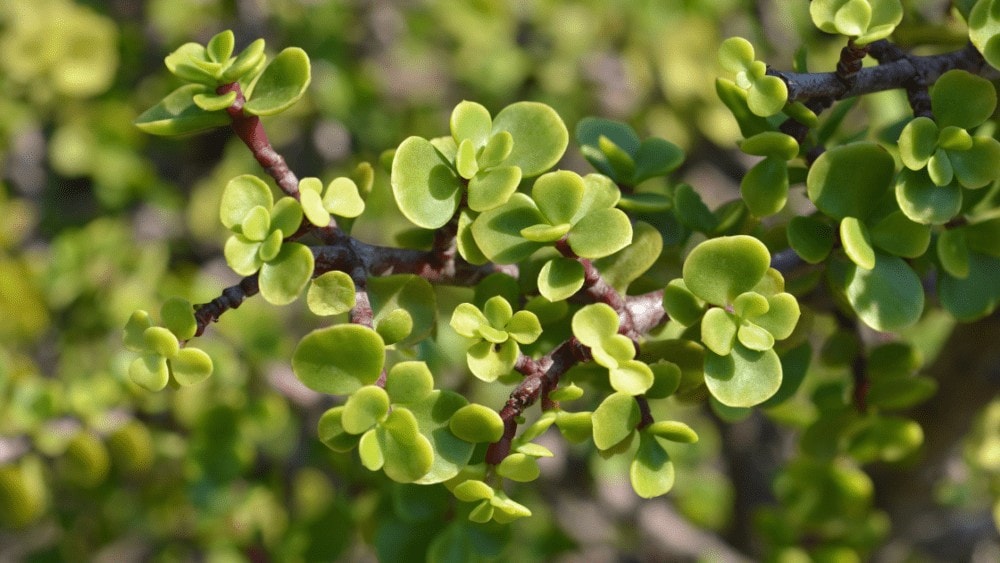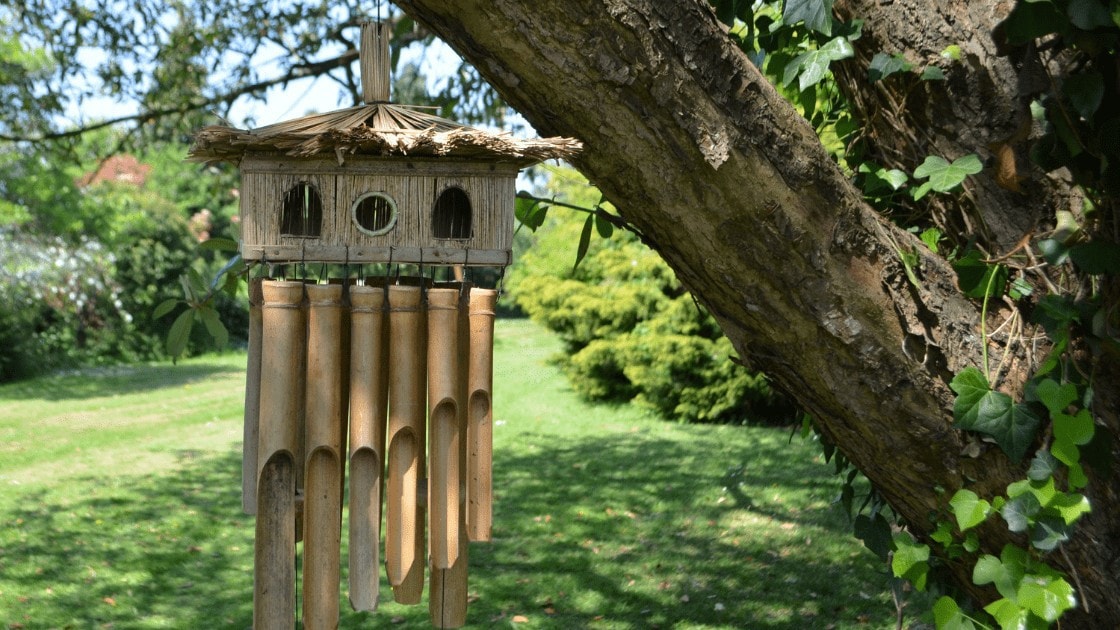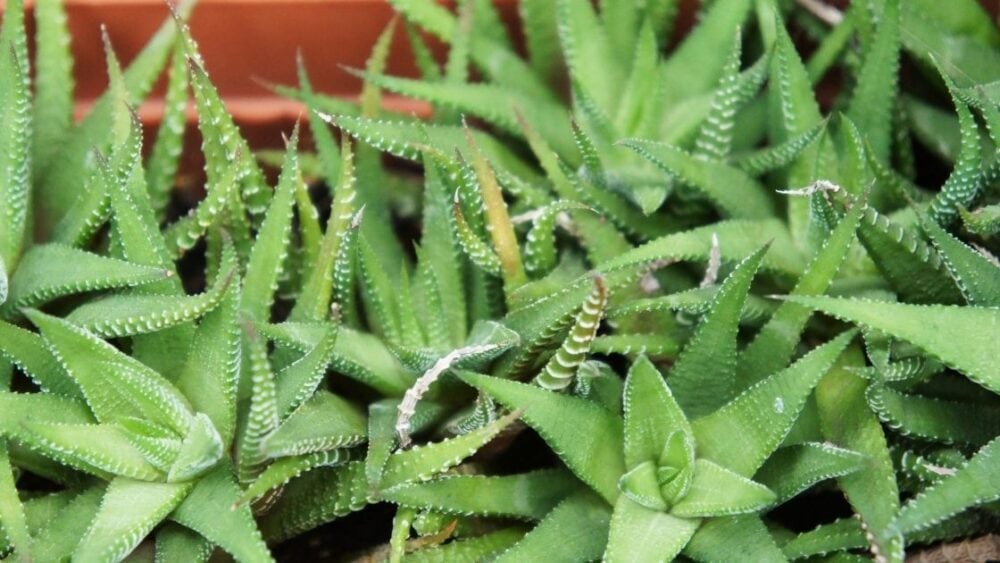
Although the zebra succulent (Haworthia fasciata/attenuata) is not easy to kill, it can sometimes display signs of discoloration, the most dangerous of which is browning starting from the base of the rosette. In the following paragraphs, we’ll explore the causes of those problems, their solutions and will go over the optimum growth requirements of this plant. Let’s get started!
Why Is My Zebra Succulent Turning Brown?
If only a small percentage of the leaves are turning brown, this can be natural and may simply mean that the plant is shedding its old leaves. If the base of the whole rosette is affected, however, this usually points to a rotting problem.
Let’s take a look at a few possible causes of browning and other discoloration in Haworthia:
Browse our Affiliate Products
Root Rot/Base Rot
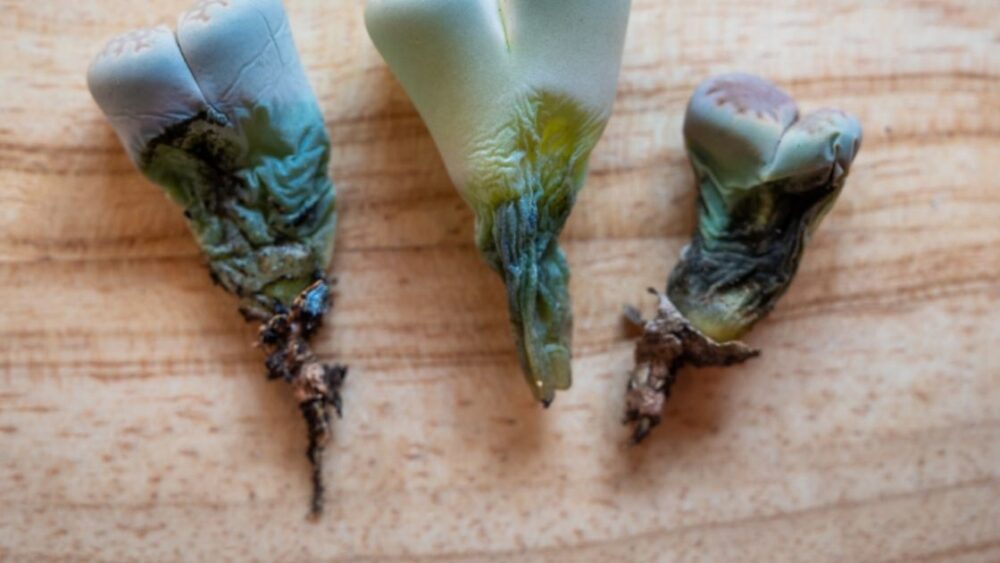
Rotting usually develops because of overwatering, especially during winter. The rot often moves from the roots up, eventually reaching the base of the rosette. At first, the base turns yellow, but steadily gets more and more discolored, eventually reaching the ‘mushy’ stage, at which point there’s little you can do to save the plant, except collect and root any healthy side rosettes that may be present.
Sometimes, only a part of the rosette is affected and a large portion of the root system is healthy. In that case, the plant will recover on its own, but it may shed a large percentage of its leaves, as the rotting cuts off their nutrient and water supply. Rotting progresses more quickly in high-temperature, high-humidity environments, and the best way to attempt to stop it (it doesn’t always work) is to reduce the watering frequency.
For more information on rot root and how much damage a succulent can handle, click here. How much root damage can succulents tolerate?
Light Deficiency
Haworthia can deal with low-light conditions, but only for a few months. Eventually, the plant will start to display the same light-deficiency symptoms as other plants – yellowing, pale growth and etiolation (elongation in an attempt to reach for light).
Sometimes, this problem can make the plant more prone to rotting and browning, because of the general lack of energy and inability to transport water and nutrients. The problem corrects itself in a matter of days when the plant is given more light. Keep in mind that Haworthia, just like all succulents requires a steady dark period at night, which is when it absorbs carbon dioxide from the air.
For continued reading on lighting, check out this article. How to Properly Light a Terrarium: Artificial vs. Natural Lighting
Direct Sunlight Stress
Zebra succulents come from Africa and can deal with the direct sun. Most sources claim the opposite – this is because almost all store-bought specimens of Haworthia come from greenhouses or artificial-light conditions, making them ill-adapted to the harsher outdoors.
The succulent can be gradually acclimatized to the direct sun, but will easily display symptoms of stress when you go overboard with the sun exposure. Those symptoms are dark-reddish discoloration that can be easily mistaken for ‘browning’ by many growers.
This symptom develops because of anthocyanin accumulation in the leaves, which is the natural sunscreen of the plant. Bringing the plant back indoors will usually reverse the symptoms in a matter of weeks. You can always provide some type of shade such as cloths or blinds. For more information, check out this article here. Shade Cloth vs Blinds: Which Is Better For Patio Plants?
Other Causes
Poor, compacted soil can lead to rotting problems even if you aren’t overwatering. Phosphorus deficiency may cause reddening of the leaves, which can be easily interpreted as browning. Fertilizer toxicity may damage the roots, initiating rotting.
As you can see, those are all factors that affect the roots and the soil, so a good blanket solution if you can’t pin-point the cause of the symptoms is to simply repot the plant in an attempt to save it. Zebra succulents are easy to repot because they have very thick, fleshy roots, almost like thin carrots.
Why Is My Zebra Succulent Dying? What Can I Do to Revive It?
The best way to save the plant is to use common sense and observation to determine the cause of the problem. If you’ve been watering excessively and keeping the soil continuously moist, immediately stop watering until the top layer of the soil becomes dry.
- If the plant has been kept in very low light (most indoor locations, apart from a windowsill), place it in a more sunny spot. Moving the pot to a different location is a good idea in general and often resolves all sorts of mysterious symptoms in many succulents.
- If the plant has been kept in very low light (most indoor locations, apart from a windowsill), place it in a more sunny spot. Moving the pot to a different location is a good idea in general and often resolves all sorts of mysterious symptoms in many succulents.
If the plant has been kept in very low light (most indoor locations, apart from a windowsill), place it in a more sunny spot. Moving the pot to a different location is a good idea in general and often resolves all sorts of mysterious symptoms in many succulents.
If the rotting has affected the whole base of the rosette, turning it mushy and brown, the plant may be beyond saving, but there’s no harm in trying.
Do All Zebra Succulent Varieties Develop The Same Symptoms Due to The Same Causes?
There are several species (two main ones – attenuata and fasciata) and cultivars of Haworthia which have the typical zebra coloring and all of them are affected the same by the same conditions. Different species come from different parts of Africa, but they encounter very similar conditions in their natural environment.
Optimum Growing Conditions for Zebra Succulents (Haworthia spp.)
Haworthia is very easy to care for and often thrives on neglect. For that reason, it’s the indoor ornamental succulent of choice for many people who don’t even have a keen interest in gardening and just want a plant that looks good.
However, in sub-optimal conditions, the plant will typically stay small and never flower. Let’s go over the ideal growth requirements:
How Much Sunlight Do They Need?
Haworthia grows best in very bright, indirect sunlight, or direct sunlight filtered by a multi-pane window. In moderately low-light conditions, it will simply not grow, which is not necessarily a problem and may even be desirable.
The plant is often most attractive when given indirect sunlight only – in those conditions it will remain bright green. In strong sunlight, it starts developing dark red tinges due to anthocyanin accumulation, which many growers consider unattractive.
What Temperature Is Best & In Which USDA Zones Can Haworthia Grow Outdoors?
Haworthias are considered hardy only in USDA zone 10b and above.
This means that they can’t really deal with freezing temperatures. The plant has typical optimum temperature requirements and is not different from other African succulents – it grows best between 60F and 85F (15C – 30C). It grows the fastest when the nighttime temperature drops low, to around 55 – 60F, but this is not something that can be practically achieved indoors.
Type of Soil
Haworthia is not choosy when it comes to the soil – it grows well in all general purpose cactus potting mixes as shown on Amazon.
The only requirement is that the soil is very well-draining, doesn’t retain a lot of water and doesn’t compact. Zebra succulents can be planted in any size pot and supermarket specimens often come in extremely tiny pots with a volume of around 2 ounces. For more information on soils, check out our article here. What are the Best Potting Soils for Every Type of Plant?
Optimal Spacing Between Individual Zebra Succulents
When given proper growing conditions, Zebra succulents grow a lot of side rosettes/suckers, which are extremely useful for propagation. There is no proper planting distance, but there rarely is a reason to plant more than one plant per pot. Haworthia has a relatively thick root system with fleshy roots, so it can be easily transplanted/repotted to a different pot.
Ideal Watering Frequency and Amount
The watering frequency depends a lot on the pot size – the tiny pots (2-3 inches in diameter) which Haworthias often come in may dry up in just a week. Larger pots may require watering once a month. During the winter, watering may be reduced to almost nothing – it’s best to gauge the moisture of the soil by observing or touching the surface and water only after it has dried up. Or if you perfer to use drip irrigation, this article may help. Garden Ideas: How Effective Is Drip Irrigation on Succulents?
Planting Outdoors vs. In Pots
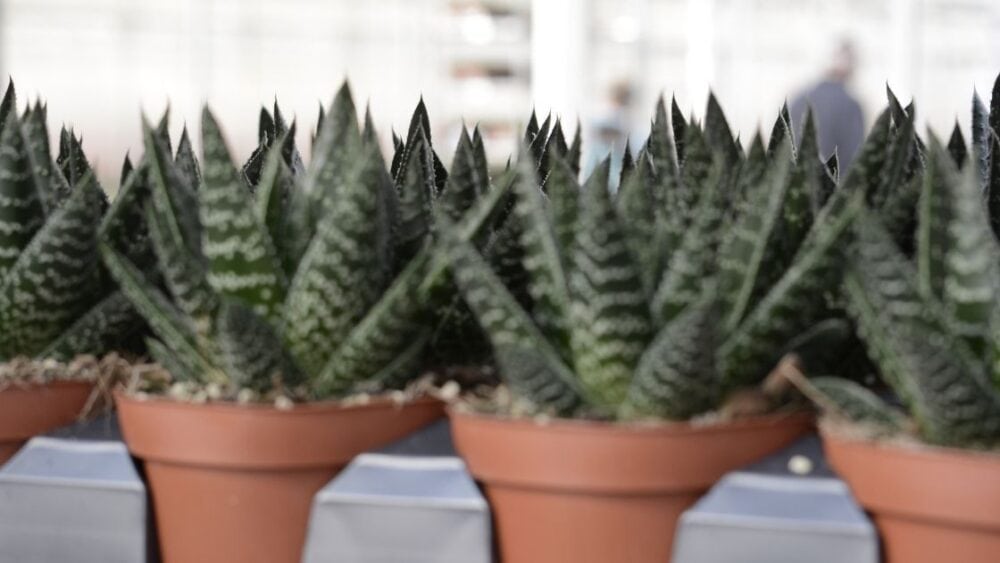
Because Haworthia is a small plant, reaching a maximum of around 7 inches in height, there is rarely a reason to plant it directly outdoors. However, you may still do so if are lucky to live in a zone 10b or above.
Haworthias make beautiful succulents for outdoor stone gardens. Apart from the high zone requirements for outdoor growing, you may also want to consider providing some shading to avoid reddening of the leaves. For more information on pots, read here. What is the perfect pot for my plants?
Is My Zebra Succulent Really Dying or Just Displaying Mild Symptoms of Stress?
The symptom which usually spells death for the plant is severe rotting of the base of the whole rosette.
Any tip browning or discoloration of individual leaves isn’t life-threatening to the plant, but is a signal for you to change the growing conditions and reduce the sun stress, watering frequency or the soil. General yellowing or browning that doesn’t seem to negatively affect the base of the rosette may simply be caused by sun stress/light deficiency/overwatering and is also reversible.
Do Zebra Succulents Deal Well With Unfavorable Growing Conditions And How Can You Compensate for Them?
Compared to other succulents, Zebra plants can survive in unfavorable conditions for much longer. The typical elongation and paleness caused by light deficiency takes a lot longer to show up in Haworthias.
Overwatering is the one factor that the plant can’t really deal with – its roots are very fleshy and thick, making them extremely prone to rotting. A compacted soil, or a soil mix for regular non-succulent plants is not suitable for Haworthia and the plant can’t really adapt to the high-moisture/low oxygen/high nitrogen environment it provides. Those soils however, can be diluted with a lot of perlite or sand, making them more suitable.
Final Thoughts
Haworthia is very easy to care for, but it has a rosette structure, which makes base rot potentially dangerous to the whole plant. This base rotting almost always develops because of overwatering – reducing the watering frequency and repotting is the best way to save the plant, but is not always successful.

